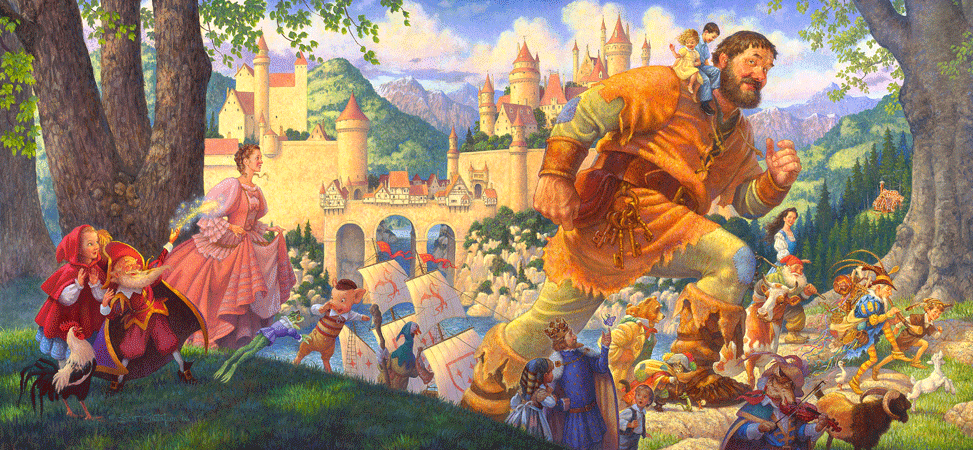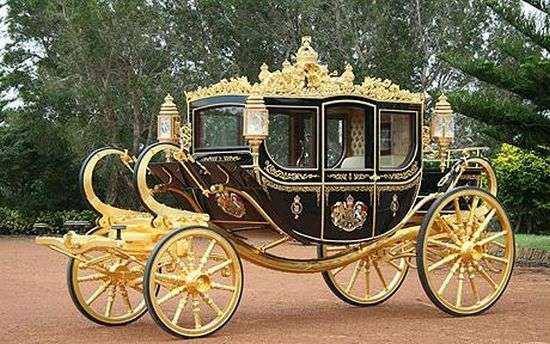Stamp: Scene from the fairy tale 'The Frog Prince' (Berlin 1966)
Scene from the fairy tale 'The Frog Prince' (Berlin 1966)
05 October (Berlin ) within release Welfare: Tales of the Brothers Grimm goes into circulation Stamp Scene from the fairy tale 'The Frog Prince' face value 50+25 German pfennig
| Stamp Scene from the fairy tale 'The Frog Prince' in catalogues | |
|---|---|
| Michel: | Mi:DE-BE 298 |
| Yvert et Tellier: | Yt:DE-BE 265 |
Stamp is square format.
Also in the issue Welfare: Tales of the Brothers Grimm:
- Stamp - Scene from the fairy tale 'The Frog Prince' face value 10+5;
- Stamp - Scene from the fairy tale 'The Frog Prince' face value 30+15;
- Stamp - Scene from the fairy tale 'The Frog Prince' face value 50+25;
Stamp Scene from the fairy tale 'The Frog Prince' it reflects the thematic directions:
A vehicle (from Latin: vehiculum) is a mobile machine that transports people or cargo. Typical vehicles include wagons, bicycles, motor vehicles (motorcycles, trucks, buses), railed vehicles (trains, trams), watercraft (ships, boats), aircraft and spacecraft. Land vehicles are classified broadly by what is used to apply steering and drive forces against the ground: wheeled, tracked, railed or skied. ISO 3833-1977 is the standard, also internationally used in legislation, for road vehicles types, terms and definitions.
A fairy tale (alternative names include fairytale, fairy story, magic tale, or wonder tale) is a short story that belongs to the folklore genre.Such stories typically feature magic, enchantments, and mythical or fanciful beings. In most cultures, there is no clear line separating myth from folk or fairy tale; all these together form the literature of preliterate societies. Fairy tales may be distinguished from other folk narratives such as legends (which generally involve belief in the veracity of the events described) and explicit moral tales, including beast fables. Prevalent elements include dragons, dwarfs, elves, fairies, giants, gnomes, goblins, griffins, merfolk, monsters, talking animals, trolls, unicorns, witches, wizards, magic, and enchantments.
A carriage is a two- or four-wheeled horse-drawn vehicle for passengers. Second-hand private carriages were common public transport, the equivalent of modern cars used as taxis. Carriage suspensions are by leather strapping or, on those made in recent centuries, steel springs. Two-wheeled carriages are usually owner-driven.



